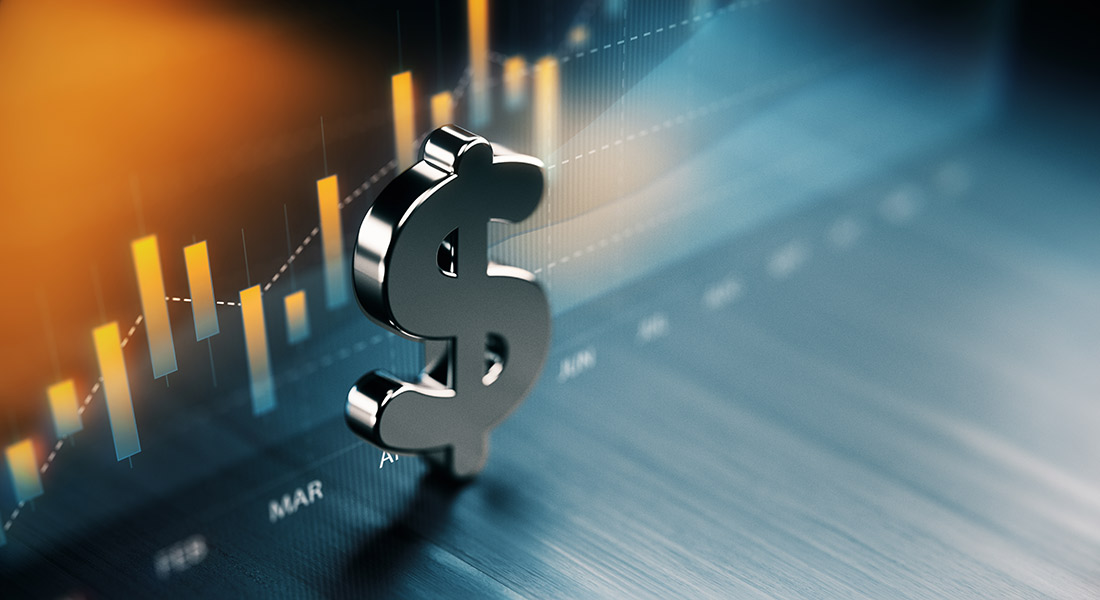Estimated reading time: 4 minutes
Think back to when you put pen to paper, wrote a business plan, and made your entrepreneurial dream a reality. Before getting your idea off the ground, you needed money for a list of startup costs. Insurance, rent, legal fees, advertising, and inventory are some of the many that come to mind. And let us not forget the equipment. Without equipment, your small business would not be able to grow and thrive, let alone survive. The money used to purchase equipment, also known as fixed or tangible assets, is referred to as capital expenditures (CapEx).
The types of fixed assets your small business needs will vary depending on your industry and the size of your company. That said, periodically investing in new or upgraded assets can help your business grow and maintain its productivity and efficiency. This blog article from Balboa Capital is a worthwhile capital expenditure (CapEx) guide. You will learn what capital expenditures are, why they are essential, and how to calculate them.
Overview of capital expenditures.
As we mentioned at the opening of this blog article, capital expenditures are funds that small businesses use to purchase fixed assets. Fixed assets include property, buildings, warehouses, equipment, vehicles, machinery, computers, furniture, and fixtures. Fixed assets have a life span of one year or longer, meaning they help businesses generate revenue beyond twelve months. Fixed assets are listed on business balance sheets in the property, plant, and equipment (PP&E) section.
Next, it is not uncommon for capital equipment to need repairs or regular maintenance to maintain its optimum operating condition. For example, a farm tractor might develop engine trouble during the busy harvest season and need new parts and a tune-up. Regarding accounting, repairs and maintenance can be tricky, and the IRS has guidelines for using CapEx, so discuss them with your accountant or tax professional. For example, equipment repairs and maintenance are considered current expenses, whereas improvements may fall under the category of capital expenses.
CapEx formula.
Calculating your business’s capital expenditures is simple, so long as you maintain accurate and up-to-date accounting records. You will need your cash flow and profit and loss statement for the current year and the previous year to start. Once you have these two statements, subtract the amount of PP&E of the previous year from the amount listed in the current year. For example, a logistics business had $220,000 in PP&E in the current year and $180,000 in PP&E for the year-end. Therefore, the year-over-year change in the business’s PP&E is $40,000 ($220,000 minus $180,000).
The second step in the CapEx formula is to add the PP&E result to the total amount of asset depreciation for the current year. So, let us say the logistics business has $20,000 in depreciation for the current year. In this case, $20,000 (depreciation) plus $40,000 (current year PP&E minus previous year PP&E) equals $60,000, which is the capital expenditure for the logistics business.
Here is the CapEx formula:
PP&E (current year) – PP&E (previous year) + depreciation (current year) = capital expenditures
Finally, certain intangible (non-physical) assets might qualify as capital expenditures, so discuss them with your accountant or tax professional. These may include patents, business trademarks, licenses, and computer software.
Budgeting capital expenditures.
If you purchased fixed assets that are not generating revenue or don’t support your strategic goals, they most likely affect your business’s bottom line. Therefore, when determining how much you want to budget for capital expenditures, take your time and avoid rushing to make a purchase. Evaluate your business’s equipment needs and requirements. Also, take into consideration your immediate and long-term growth goals. Doing so can help prevent losses resulting from ill-prepared planning and equipment purchases. If cost is a concern, consider equipment financing, which helps preserve capital and credit lines.
Keep in mind that capital equipment might not make an immediate financial impact on your business. It may take many months to produce a positive return on investment. Furthermore, your investment may incur losses months or even years later.
Conclusion.
The vast majority of small business owners reinvest in capital expenditures when needed. Doing so helps address outdated or poor-functioning equipment so workers can be more productive. In addition, the right investments can help boost a business’s revenues, reduce its operational costs, increase its net worth, and give it a competitive advantage.
The opinions voiced in this material are for general information only and are not intended to provide specific advice or recommendations for any individual.
